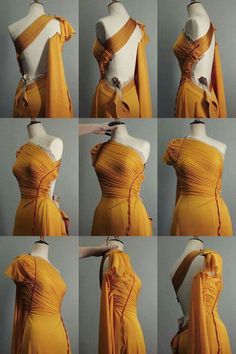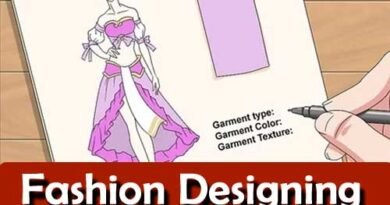Dress Draping Part 03
Historical Context and Contemporary Relevance
1. Historical Influence:
- Origins: Draping techniques have been used since ancient times, evolving with cultural and technological advancements in textile production.
- Haute Couture: Pioneered by couturiers like Charles Frederick Worth, Madame Grès, and Cristóbal Balenciaga, who elevated draping to an art form.
2. Contemporary Innovation:
- Technology: Integration of digital tools and software for virtual draping and 3D modeling, enhancing design visualization and efficiency.
- Sustainability: Sustainable draping practices using eco-friendly fabrics, waste reduction techniques, and ethical production methods.
Education and Skill Development

1. Fashion Design Programs:
- Curriculum: Incorporation of draping courses in fashion design programs, teaching students foundational techniques and advanced applications.
- Workshops and Masterclasses: Hands-on workshops and masterclasses with industry professionals to refine draping skills and explore new techniques.
2. Portfolio Development:
- Showcasing Skills: Including draping projects and illustrations in portfolios to demonstrate technical proficiency and creative vision.
- Industry Preparation: Preparing students for careers in fashion design, emphasizing the importance of draping in design studios and fashion houses.
Conclusion
Draping dresses in fashion design is an essential skill that combines artistry, technical proficiency, and creative expression. By mastering draping techniques, understanding fabric behavior, and refining design aesthetics, fashion designers can innovate and create garments that fit impeccably and convey their unique design vision. As fashion continues to evolve, draping remains a cornerstone of the design process, bridging tradition with innovation and shaping the future of fashion through craftsmanship and creativity.
